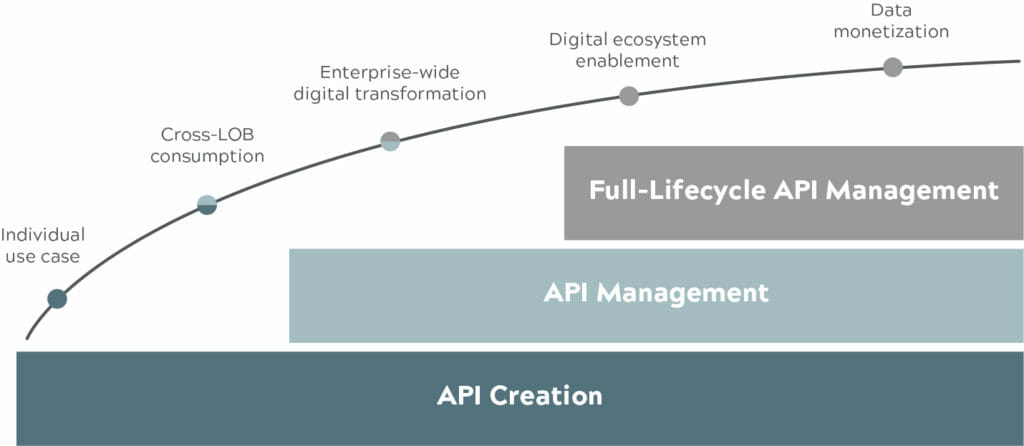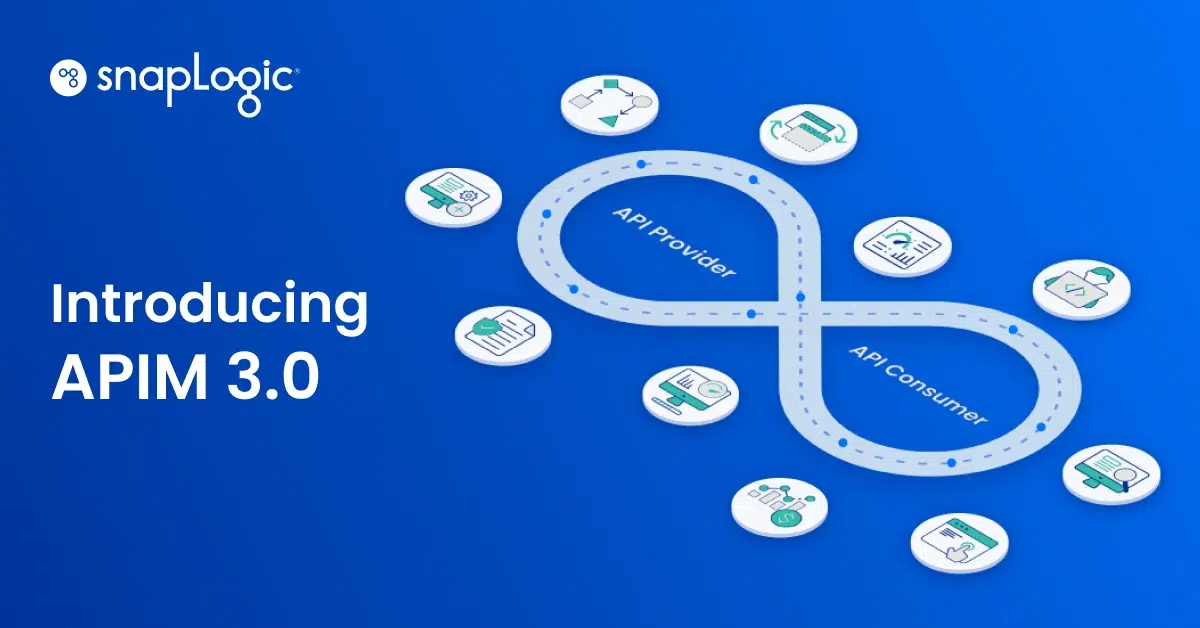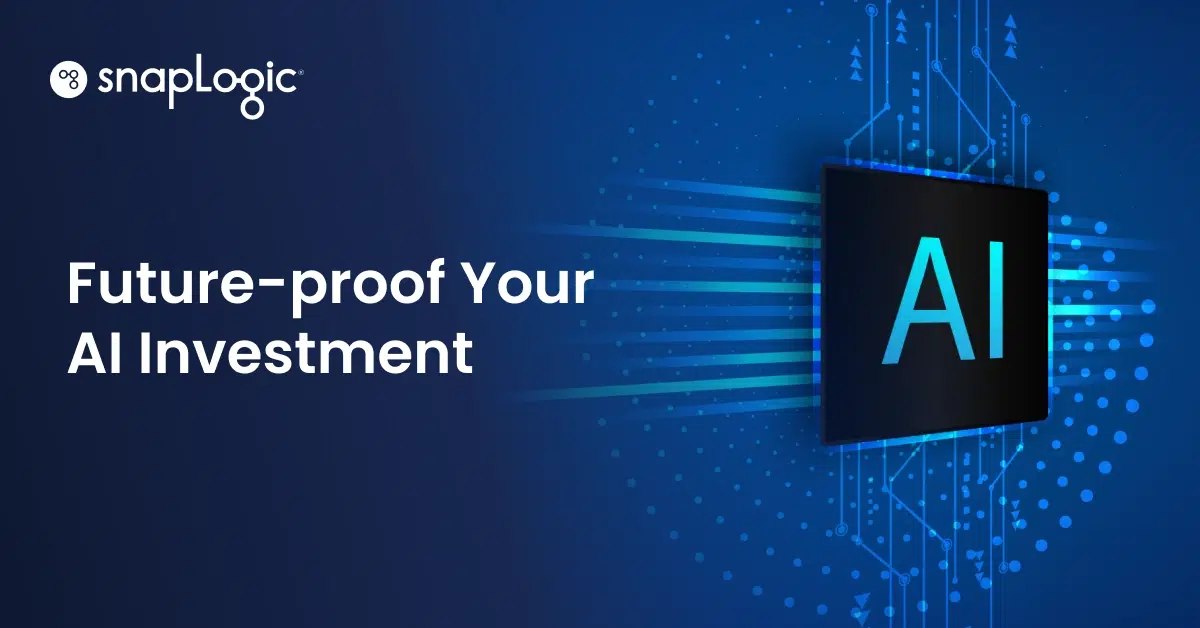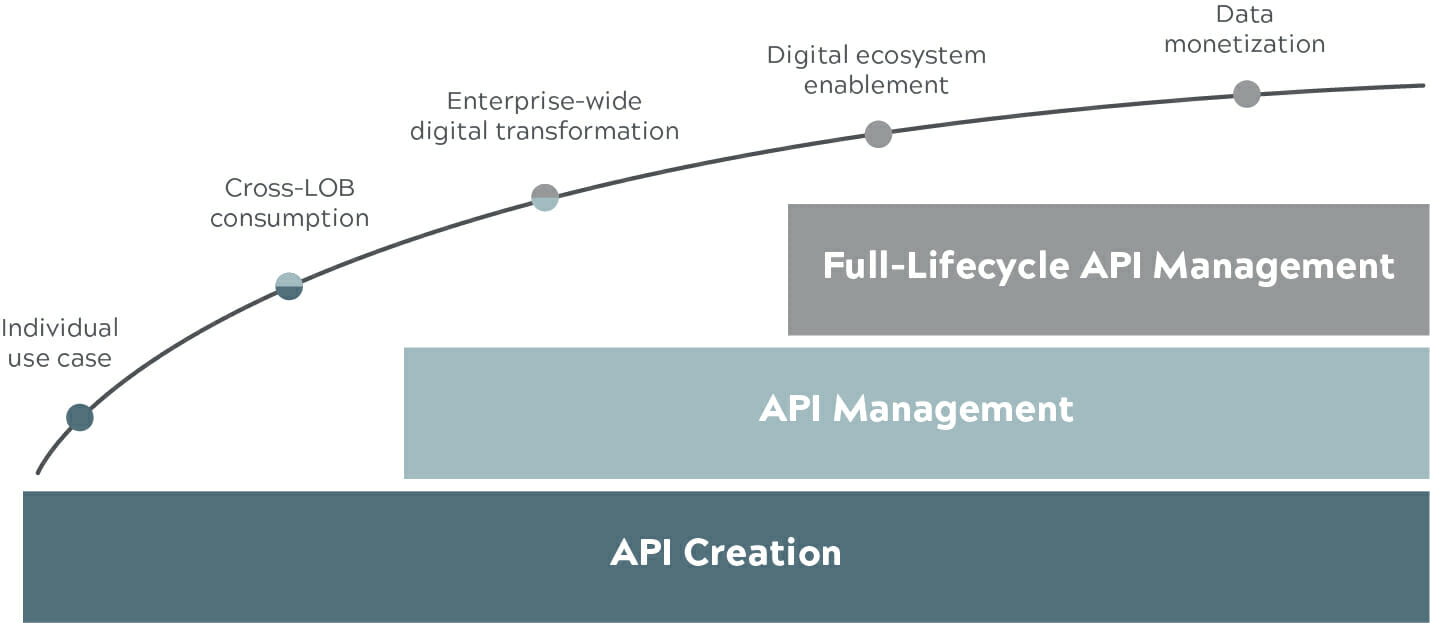Every software professional knows what an application programming interface (API) is, right? It’s a decades-old technology designed to allow data flow between different applications. Today, modern APIs do much more than just enable inter-application data exchange. They are the foundation of new business processes, the lifeblood of customer-centric innovation. APIs speed new business processes into production, to quickly exploit opportunities and drive revenues.
In this new, process-driven environment, ad hoc, hand-built point-to-point integration has given way to a strategic approach – which itself demands a more strategic and structured way to manage the lifecycle of the APIs your organization relies on.
An API creation environment built for change
Many organizations have embraced integration platform as a service (iPaaS) technology to help them connect to a large ecosystem of business partners. An iPaaS is a cloud-based platform enabling the deployment, management, and governance to connect software applications and services across different environments. An iPaaS should allow an integrator to create integration pipelines and convert the composite into an API, a process that is much faster than writing and testing an API from scratch.
iPaaS is most often used in large business-to-business (B2B) environments that need to integrate on-premises applications and data with cloud applications and data. As a cloud-based platform, iPaaS scales to meet the increased data volume from multiple environments. Because legacy production environments are almost always involved, an iPaaS should support real-time integration with the goal of minimum disruption.
Modern iPaaS – a superior alternative
When considering their iPaaS options, buyers should be aware of the difference between legacy and modern integration solutions. Legacy iPaaS providers are older, existing integration companies that have modified their tools to work with cloud services. Modern iPaaS solutions are born in, and architected for, the cloud.
Because they are optimized for the cloud environments that prevail in large-scale business ecosystems, iPaaS solutions offer manageability and operational efficiencies that are superior to two traditional alternatives:
- Hand-built APIs create very high downstream maintenance overhead, requiring programming resources to address any change in the surrounding computing environment that may affect the API. They are also vulnerable because professionals familiar with the particular APIs may not always be available. For these reasons, hand-built APIs frequently break, jeopardizing the flow of business and revenues.
- APIs provided with an application incorporate integration expertise limited to that application’s development team. They are inefficient because each application has its own API; collectively, they present a high learning curve for professionals wanting to work with multiple APIs. Lastly, while application APIs may function adequately, they do not incorporate the bilateral high performance and reliability required to keep enterprises running at peak efficiency.
API management maturity
As iPaaS adoption proliferates across enterprises and larger ecosystems, effective API management becomes an issue of paramount importance. The API Integration Maturity Curve illustrates the management requirements that correspond with the ever-higher benefits organizations can derive from the strategic use of APIs.
The API Integration Maturity Curve

In developing strategies for API Integration, it’s important to consider the API Integration Maturity Curve, the stages of which are:
API Creation: The first level of API maturity involves meeting the needs of individual use cases – in other words, solving a business problem. For example, to get new employees productive more quickly, onboarding processes must be automated. As a first step, the developer needs access to an API that updates an HR portal showing individual employee data.
API Management: The next level of maturity is achieved when lines of business, such as sales and marketing teams, use APIs to achieve interconnectivity. As the integration strategy matures, enterprises effectively adopt a strategy of enterprise-wide digital transformation; by connecting any system to any other within their organization, and exposing those connections internally as APIs, critical data flow is achieved.
Full-Lifecycle API Management: Achieving full maturity includes enabling a digital ecosystem via connections to external partners. When a digital ecosystem has been created, the corresponding full API integration maturity can catalyze new revenue streams through data and API monetization. Specifically, Full Lifecycle API Management encompasses:
- API creation with an iPaaS platform that provides system and technology integration, to enable both application and data integration use cases. The iPaaS platform exposes all functionality as an API endpoint.
- API management through the iPaaS platform’s facilities. These include API gateways, proxies, developer portals and analytics to distribute securely, market, and monitor API consumption/monetization.
To learn more about how to build a foundation for high-performance API creation, management, and full lifecycle management, download the new SnapLogic white paper “API 101: Modern technology for creating business value.”












